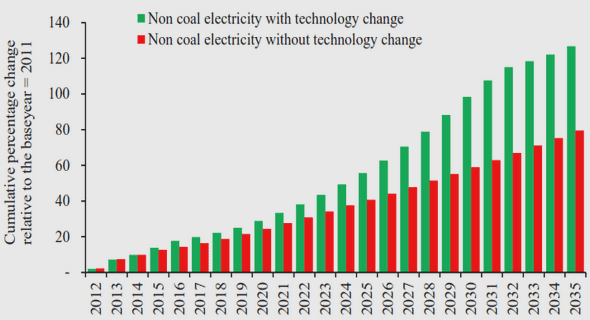(Downloads - 0)
For more info about our services contact : help@bestpfe.com
Table of contents
1. Introduction
1.1. Context and objectives of the study
1.2 Study area, previous modelling studies and available data presentation
1.2.1 Hydrological modelling in the Cevennes-Vivarais region
1.2.2 Meteorological and hydrological observations
2. Materials and methods
2.1 Data consistency
2.1.1 Water balance analysis
2.1.2 Evapotranspiration estimation diagnostic
2.1.3 Influence of hydroelectric complexes and watershed inconsistencies
2.1.4 Rescaling of the meteorological data
2.2 Application of the simple dynamical system approach to the Cévennes-Vivarais region
2.2.1 Estimation of the catchment sensitivity function g(Q)
2.2.2 Sensitivity of g(Q) to the data used for the extraction
2.2.3 Evaluation of g(Q) relevance using discharge simulation
2.3 Parameter regionalization of the SIMPLEFLOOD model using FAMD
2.3.1 Principle of FAMD
2.3.2 Dataset used
2.3.3 Hierarchical Classification in Principal Component (HCPC)
2.4 Distributed modelling of the Gard catchment using the SIMPLEFLOOD model (Adamovic, 2014)
2.4.1 Presentation of the SIMPLEFLLOD model
2.4.2 Spatial discretization in Hydraulic Response Unit (HRU)
2.4.3 Discharge simulation of HRUs
2.4.4 River routing parameters
3. Results
3.1. Data consistency analysis
3.1.1 Water balance analysis and evapotranspiration observations diagnostic
3.1.2 Influence of hydroelectric complexes and watershed inconsistencies
3.1.3 Rescaling of the meteorological data
3.2. Estimation and evaluation of the discharge sensitivity function g(Q)
3.2.1 Estimated catchment sensitivity functions over the Cévennes region
3.2.2 Sensitivity analysis of g(Q) to the data selected for recession extraction
3.2.3 Evaluation of the relevance of the estimated discharge sensitivity function using discharge simulation
3.3. Parameter regionalization of SIMPLEFLOOD model using FAMD
3.4. SIMPLEFLOOD model applied to the Gardon catchment
4. Discussion
4.1 Comparison of g(Q) with Adamovic, et al. (2014)
4.3 About the discharge sensitivity function estimation
4.4 In terms of SIMPLEFLOOD model performance
5. Conclusions and perspectives
6. References


